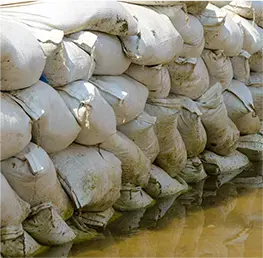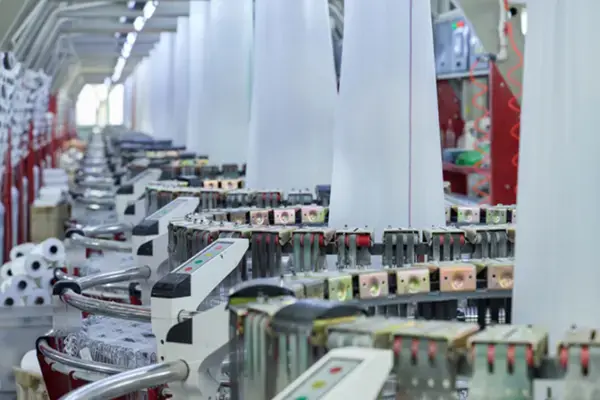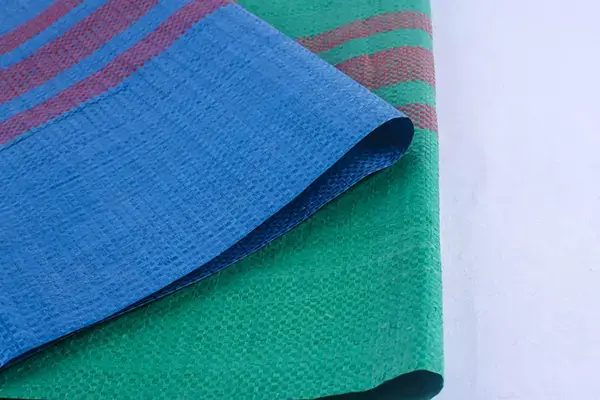In the world of packaging materials, BOPP cement bags have gained significant attention due to their unique properties and advantages over other types of packaging materials such as paper bags and plastic bags. This article aims to provide a comprehensive comparison between BOPP cement bags and other packaging materials in terms of protective performance, cost-effectiveness, and environmental impact. As an experienced SEO content optimization specialist, I will present the findings in a clear and concise manner, using persuasive language and compelling evidence to leave a lasting impression on the readers.

I. Protective Performance:
BOPP cement bags offer exceptional protective performance, ensuring the integrity and quality of the cement during transportation and storage. The high tensile strength and tear resistance of BOPP bags make them highly durable, reducing the risk of damage or leakage. Additionally, the moisture resistance properties of BOPP bags provide an added layer of protection against water or humidity, preventing any moisture-related deterioration of the cement. In contrast, paper bags are more susceptible to tearing and moisture absorption, while plastic bags may lack the necessary strength to withstand heavy loads.
II. Cost-Effectiveness:
When it comes to cost-effectiveness, BOPP cement bags prove to be a superior choice compared to other packaging materials. While the initial cost of BOPP bags may be slightly higher than paper or plastic bags, their durability and protective properties result in reduced product loss and fewer bag replacements. This translates into long-term cost savings for manufacturers and distributors. Moreover, the printing capabilities of BOPP bags allow for attractive branding and product information, eliminating the need for additional labeling or packaging materials. On the other hand, paper bags may require additional reinforcement or lamination, adding to the overall cost, while plastic bags may lack the visual appeal and branding opportunities offered by BOPP bags.
III. Environmental Impact:
In terms of environmental impact, BOPP cement bags offer several advantages over paper and plastic bags. BOPP bags are recyclable, reducing waste and promoting sustainability. Furthermore, the manufacturing process of BOPP bags consumes less energy and produces fewer greenhouse gas emissions compared to paper or plastic bag production. The durability of BOPP bags also extends their lifespan, reducing the overall demand for packaging materials. In contrast, paper bags often require the harvesting of trees, contributing to deforestation, while plastic bags are known for their negative impact on marine life and ecosystems.
Based on the comprehensive comparison presented above, it is evident that BOPP cement bags outperform other types of packaging materials in terms of protective performance, cost-effectiveness, and environmental impact. The exceptional durability and moisture resistance properties of BOPP bags ensure the integrity of the cement during transportation and storage. The long-term cost savings and branding opportunities offered by BOPP bags make them a cost-effective choice for manufacturers and distributors. Additionally, the recyclability and reduced environmental footprint of BOPP bags make them a sustainable option compared to paper or plastic bags. With these compelling advantages, it is clear that BOPP cement bags are the optimal choice for packaging cement products.








